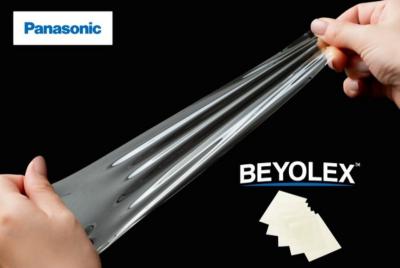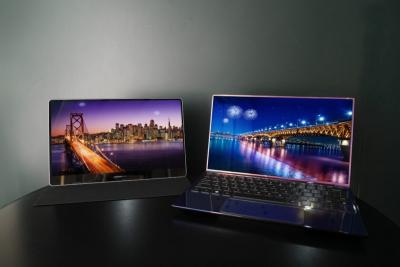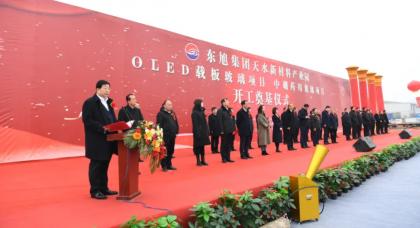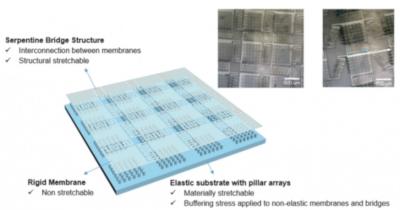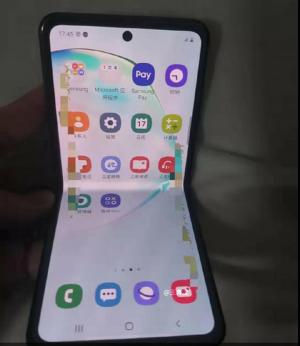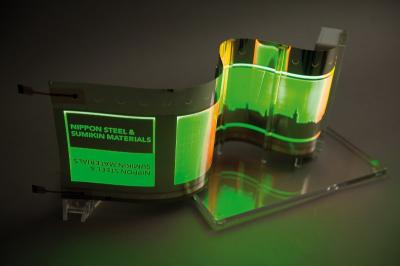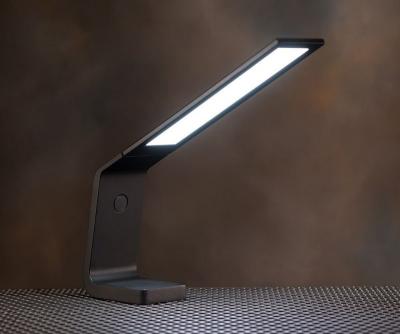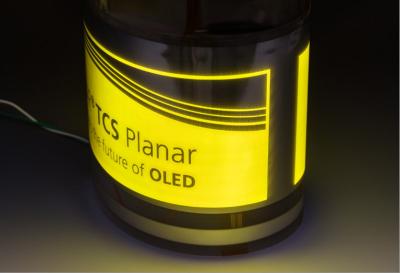Samsung aims to reduce the thickness of its future QD-OLED panels by removing the QD glass substrate
According to reports in Korean media, Samsung is developing a new process which will allow it to reduce the thickness of its QD-OLED panels.
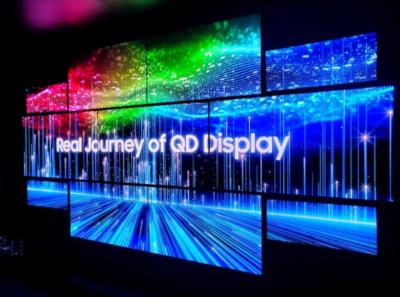
The current QD-OLED design uses two glass substrates, one for the TFT backplen (and the OLED frontplane materials), and one for the QD conversion layer. The new plan is to remove the QD glass substrate, and inkjet print the QDs directly on the OLED TFE encapsulation layer.
